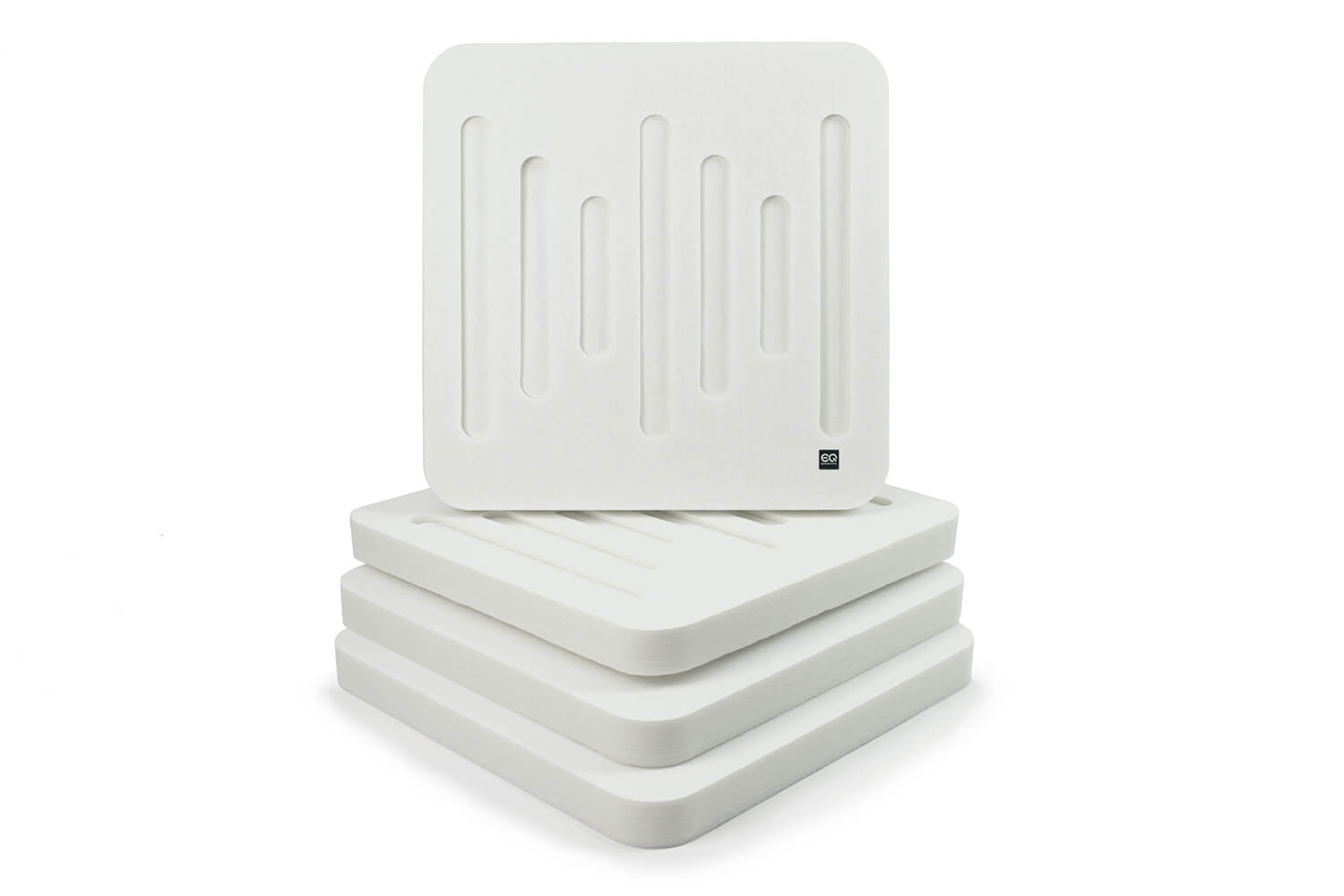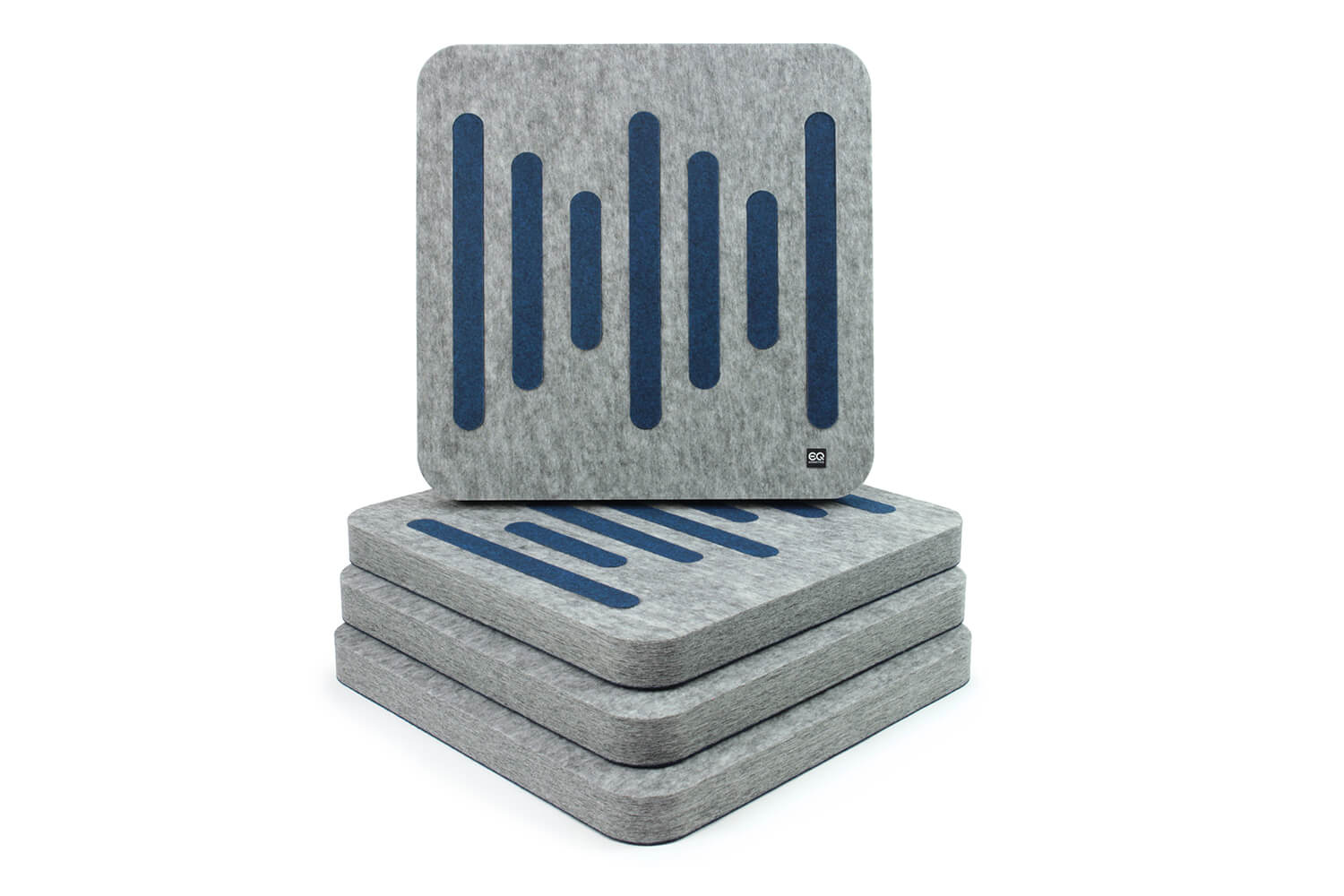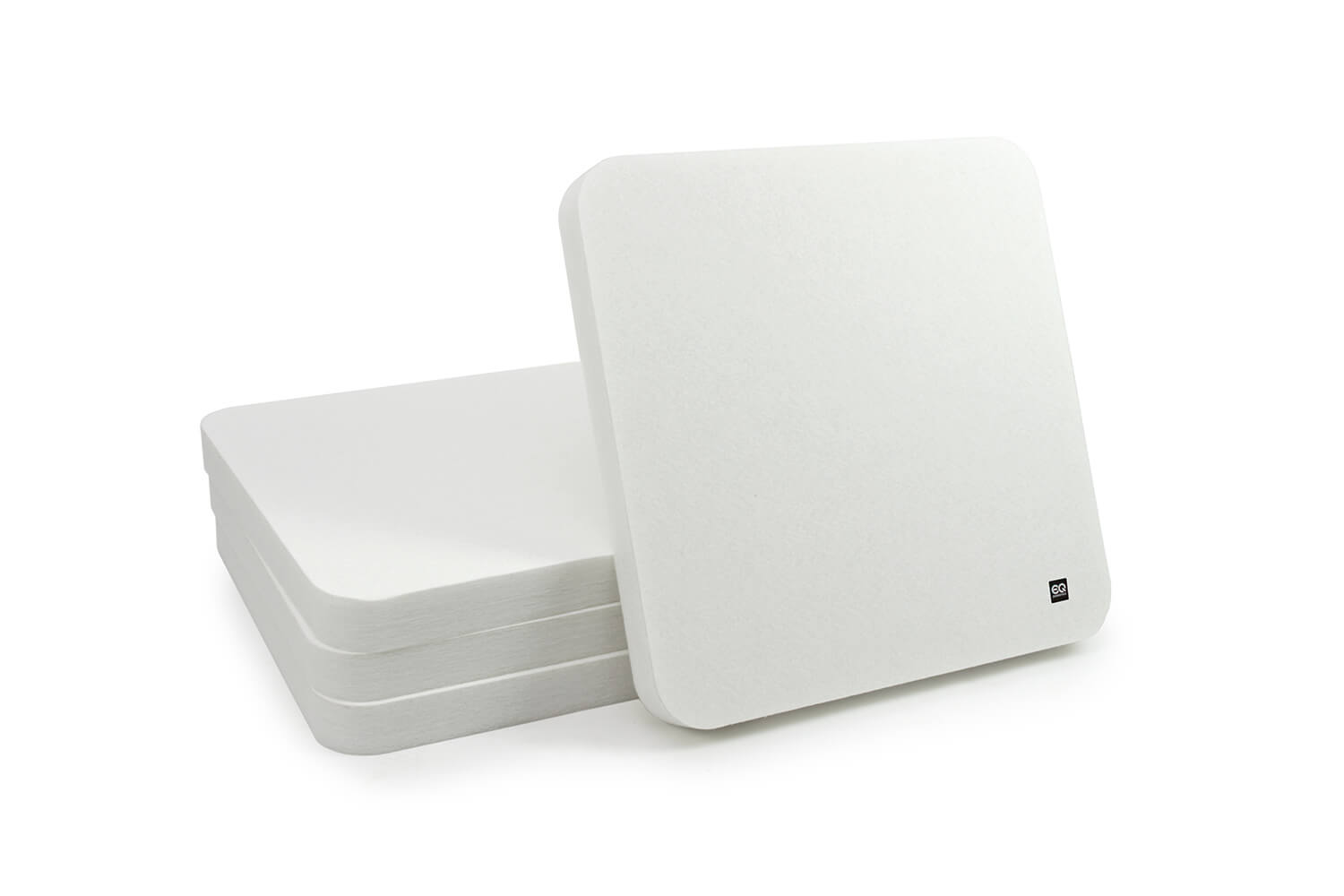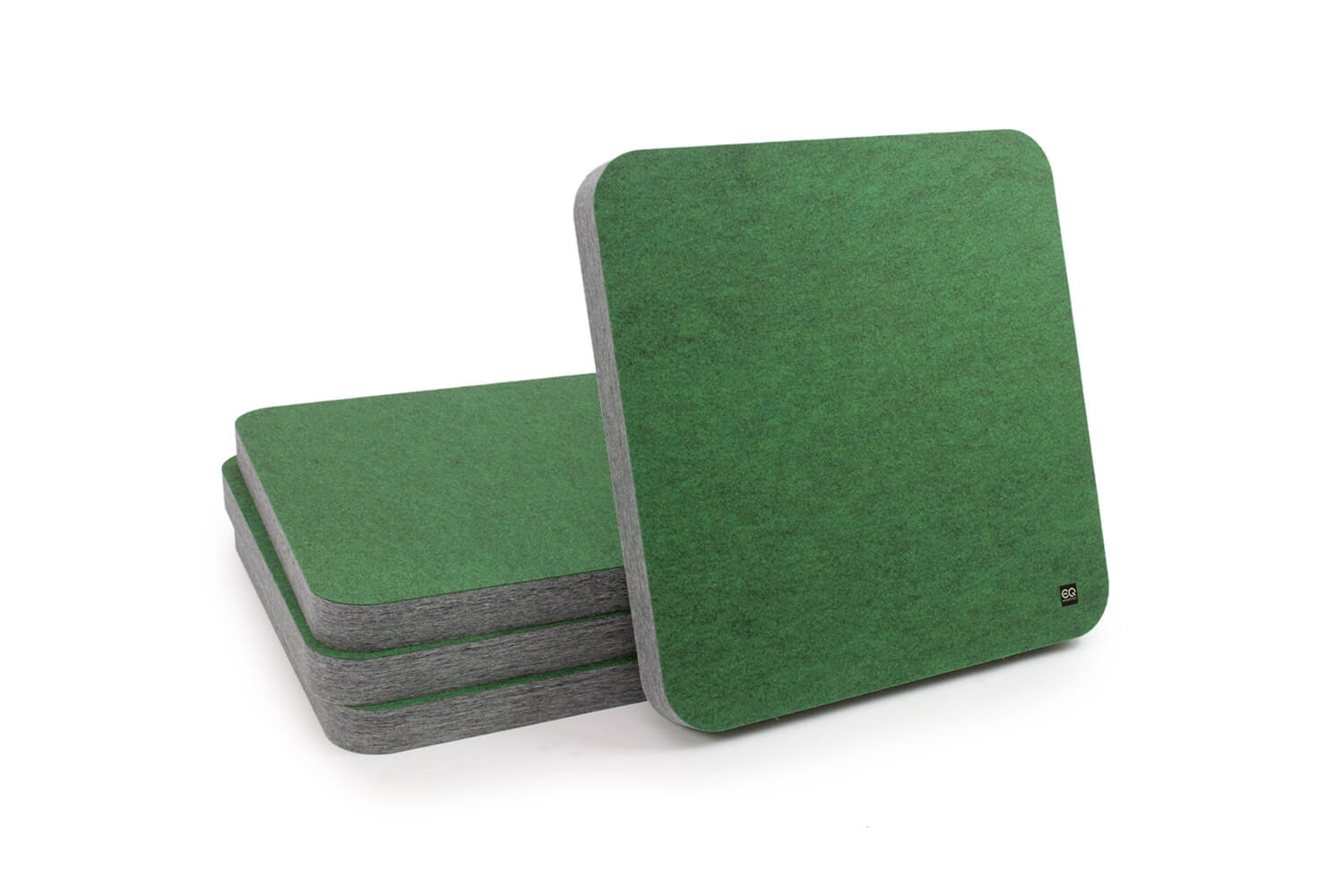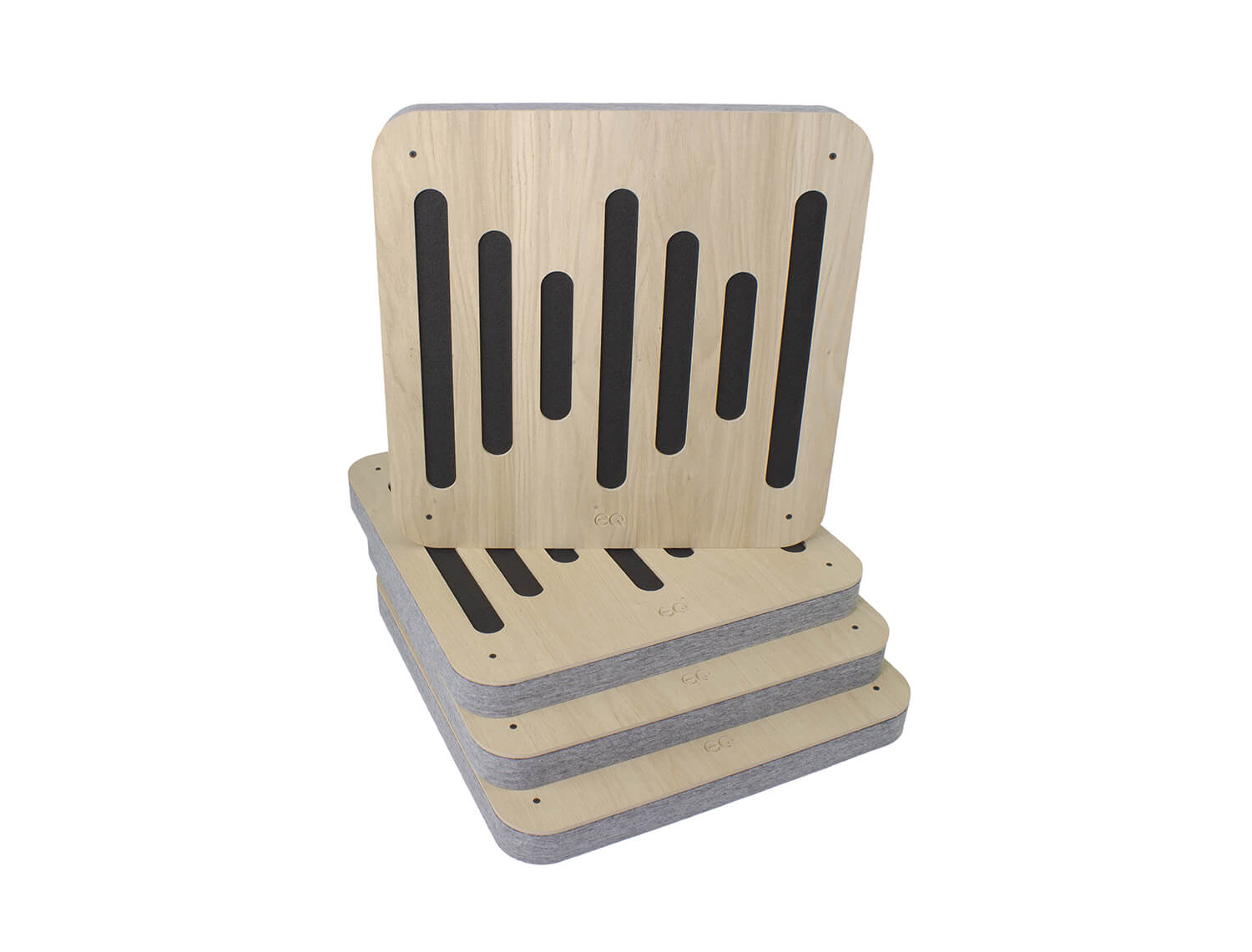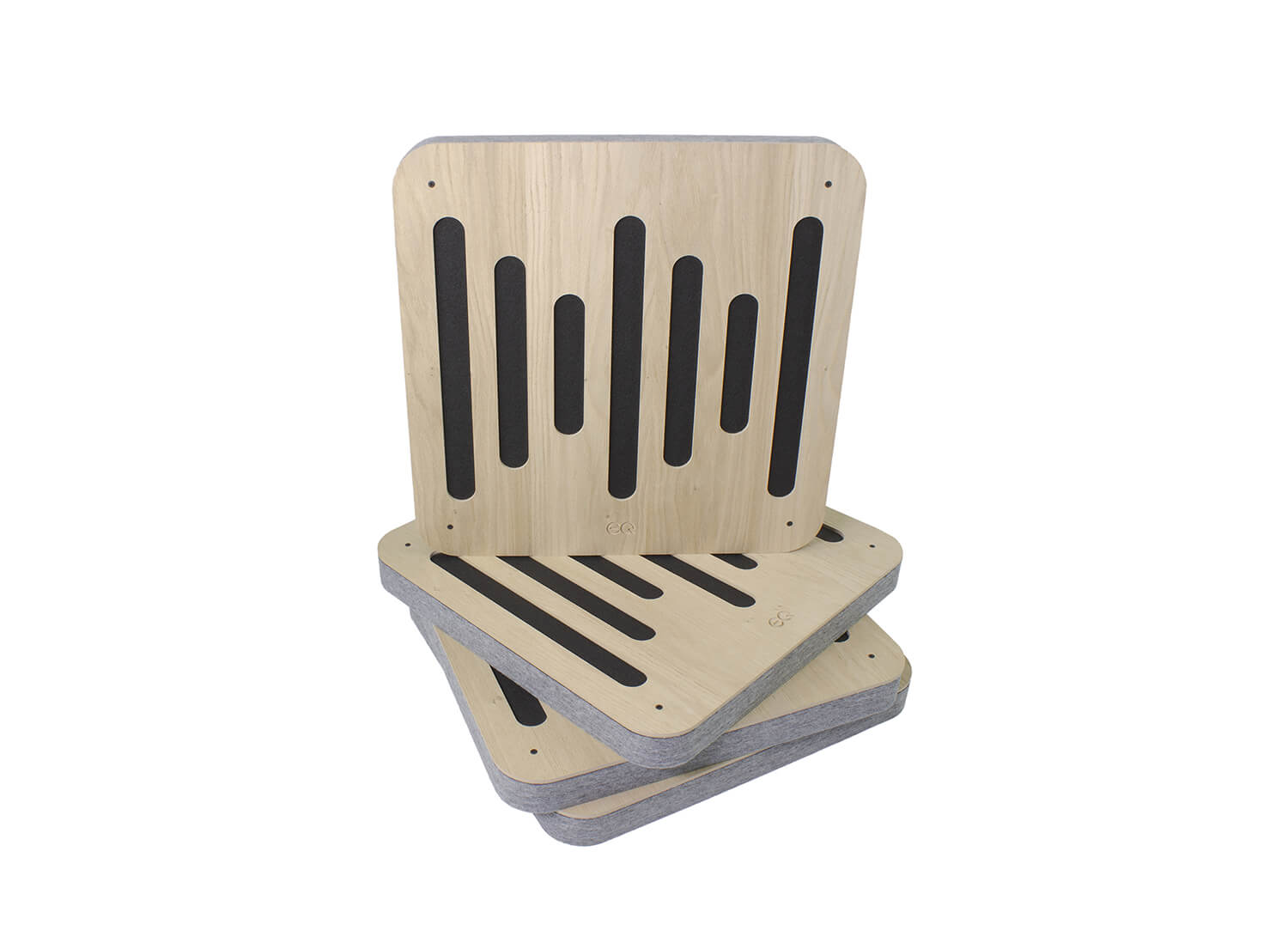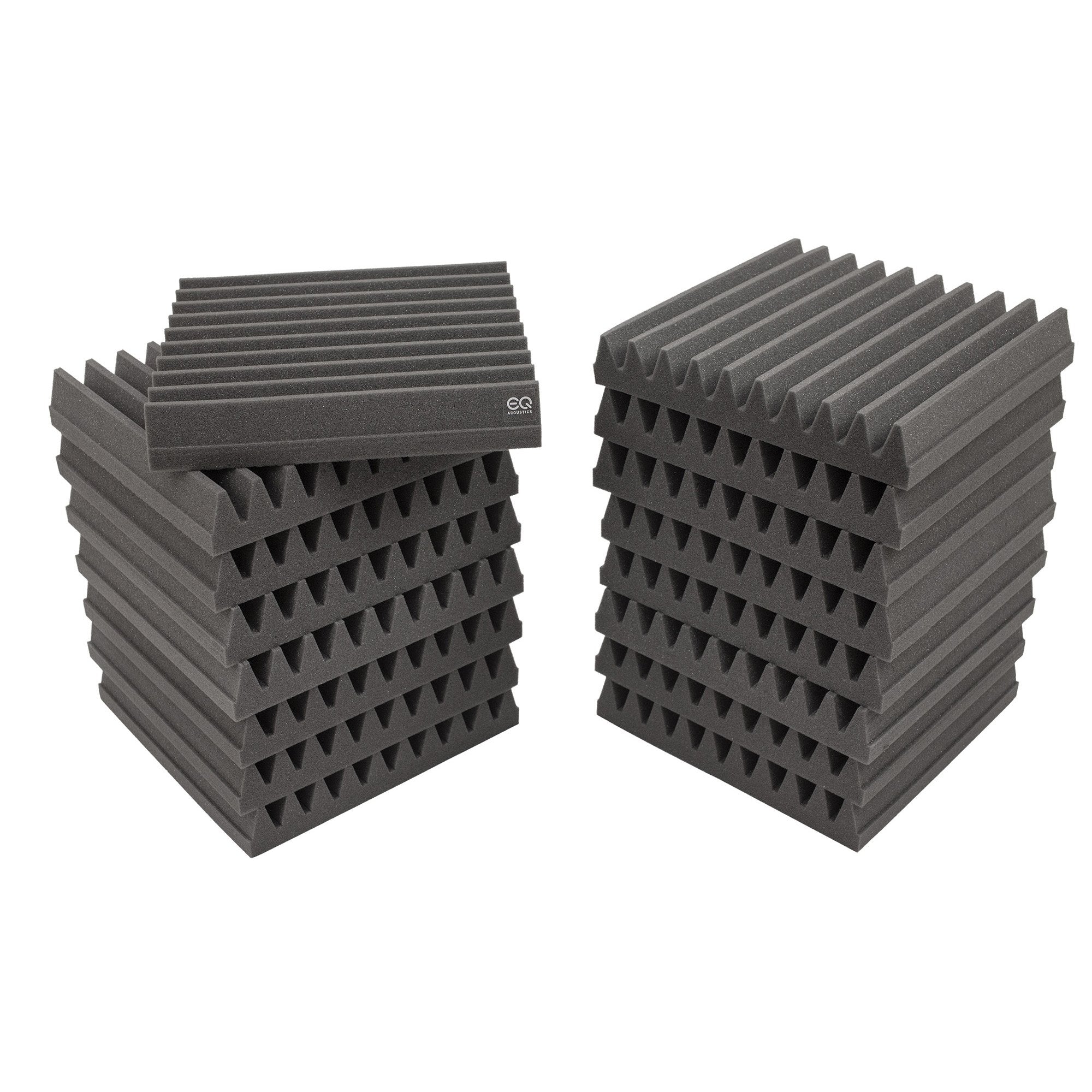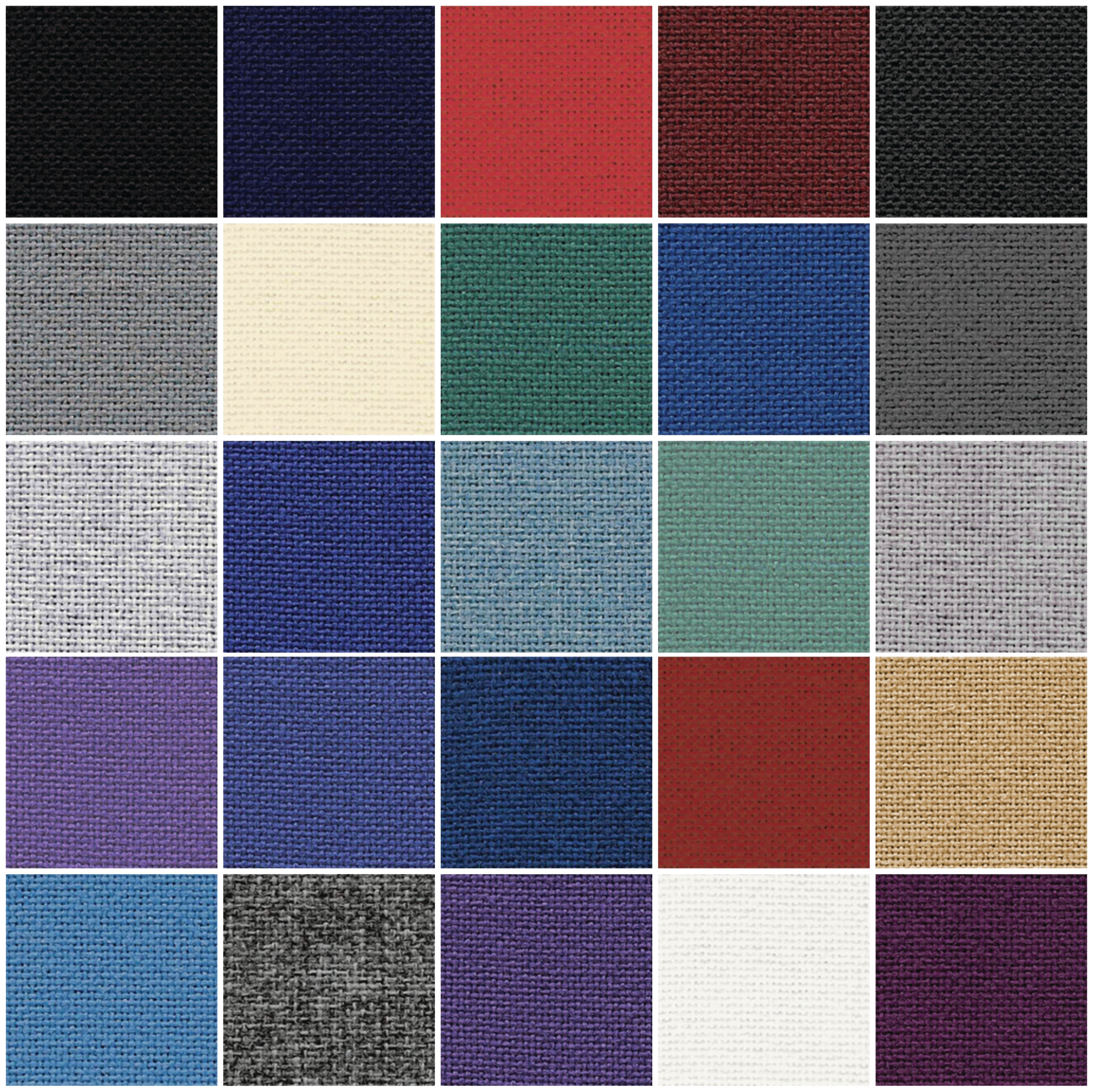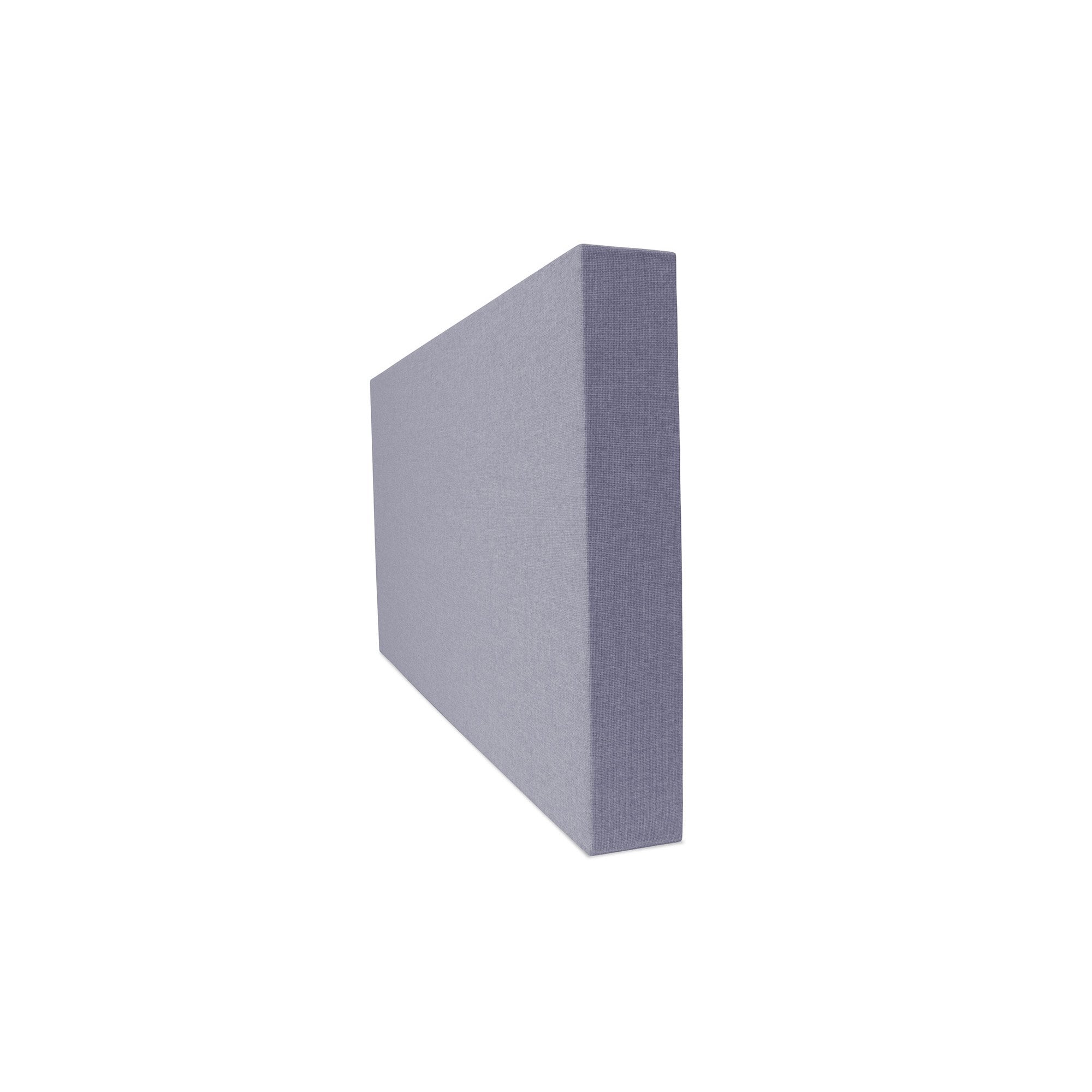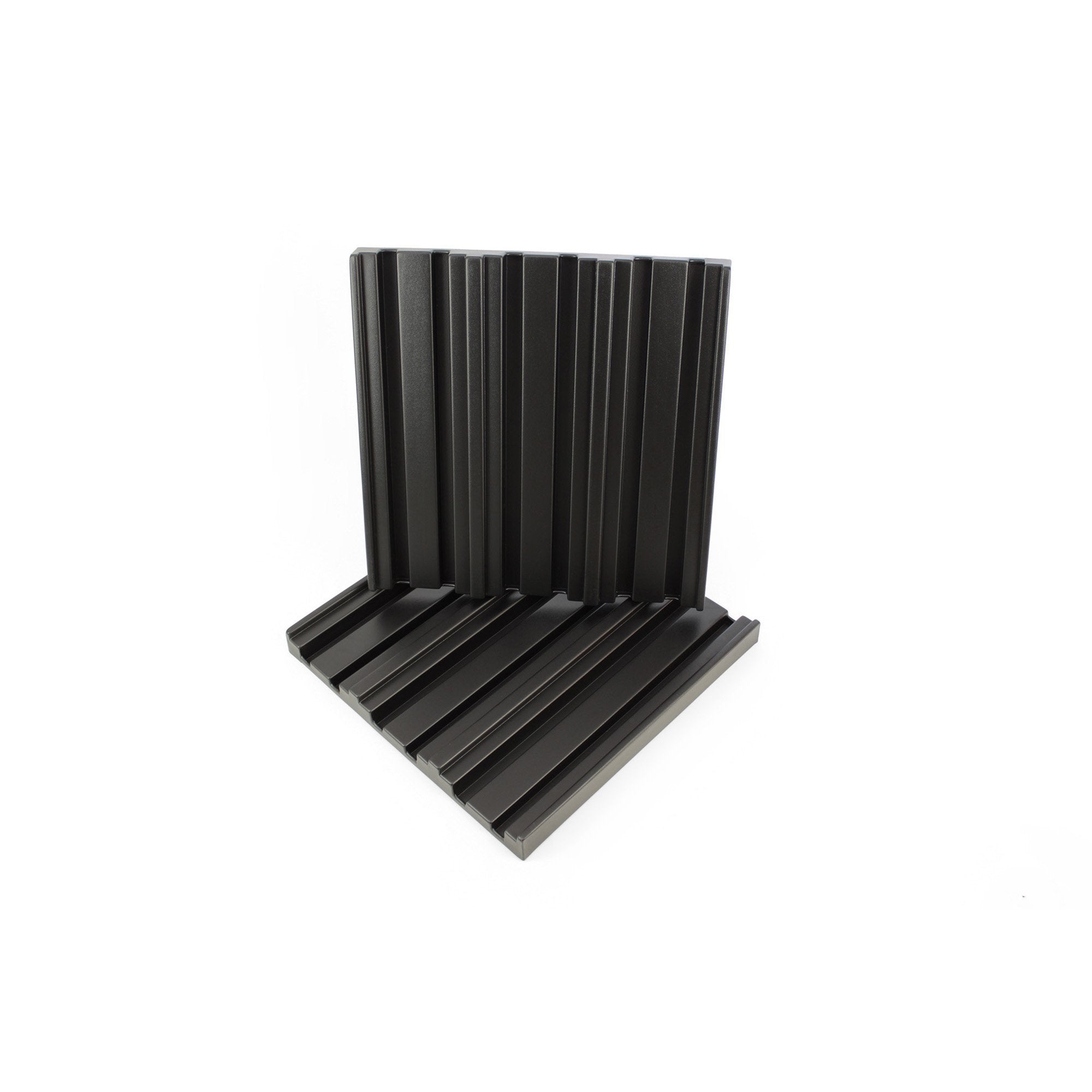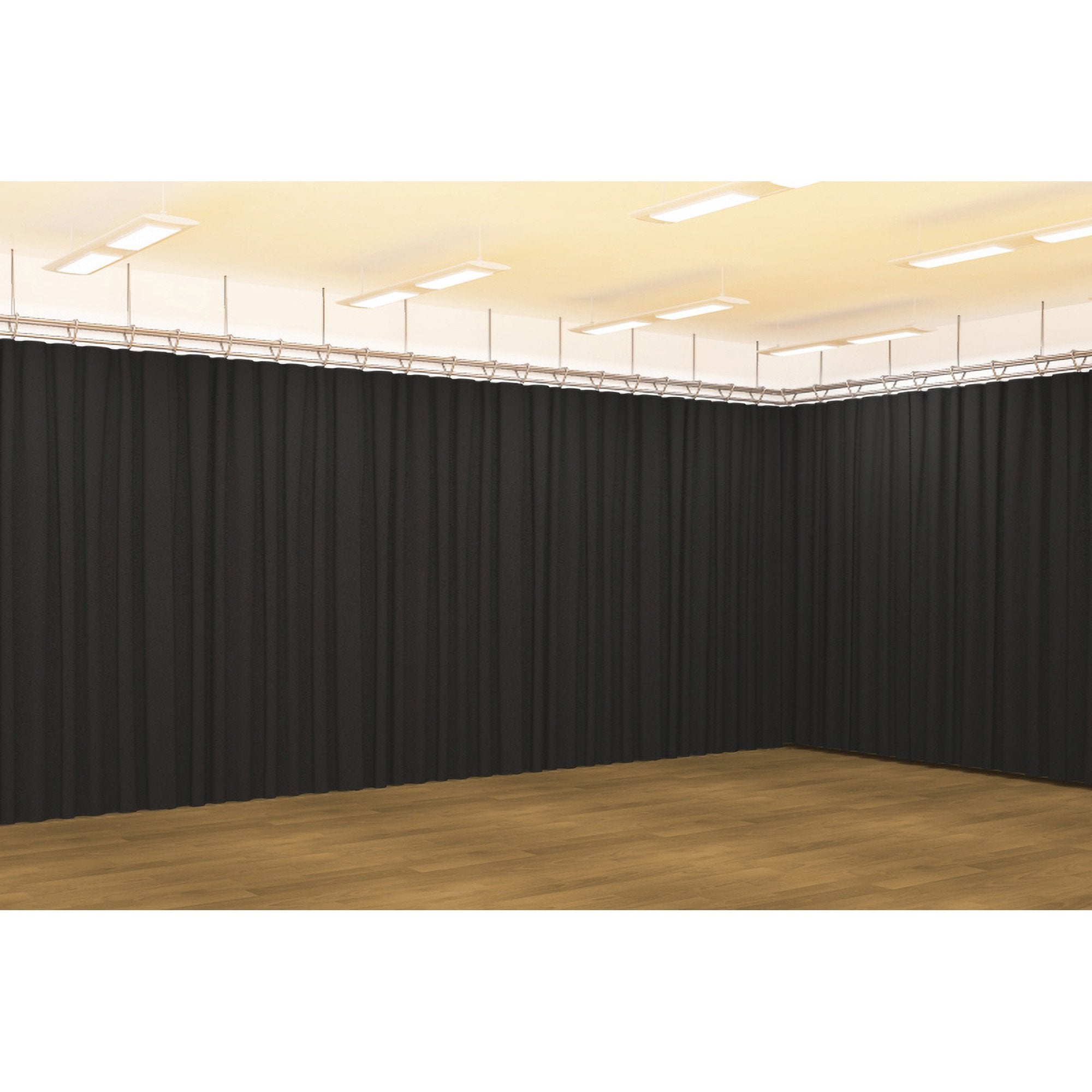Room acoustics refers to how sound behaves within a room, including factors like reverberation and echoes. It differs from soundproofing, which focuses on preventing sound transmission between spaces.
Proper room acoustics are crucial for audio quality in studios and cinemas, but also help reduce noise, promote calm and aid concentration in offices, schools and other spaces. In this article we'll examine why acoustic panels don't always have the desired effect on room acoustics.
Understanding Acoustics and Acoustic Treatment
Acoustic panels aim to control sound within a space by absorbing reflections and reverberation. Reverberation refers to how long sound lingers before fading away, known as the decay time. Shorter decay times created by acoustic panels improve audio clarity in recording studios and cinemas.
In workplaces and schools, shorter decay times are associated with lower noise levels, calmer moods and greater productivity. Reverberation / decay time can be reduced by strategically placing absorbent materials, such as acoustic panels, on walls and ceilings.

Poor Placement
For critical listening environments like studios, panels must be placed to absorb early sound reflections that colour the audio. This is less of a concern in general spaces, where the goal is just to shorten the overall decay time. Here, spreading panels throughout the room is ideal. Insufficient coverage or poor placement localises the acoustic impact instead of evenly improving the space as a whole.
Inadequate Coverage
The number of panels needed depends on the room itself. A large, bare, reverberant space requires far more acoustic panels than a smaller, furnished room to achieve a similar reduction in reverberation. Hard, reflective surfaces like concrete and glass exacerbate acoustical issues compared to softer furnishings.
An insufficient quantity of panels in the space will not tame the decay time down to an acceptable level. Strategically placing enough panels to evenly treat the space is key to clear audio and more relaxing environments.
Poor Quality Acoustic Panels
Acoustic panels must be made from absorbent materials to work. High quality PET fibre panels offer excellent acoustic performance as well as other benefits. Low quality foam is ineffective beyond high frequencies. Rock fibre is absorbent but can cause irritation, particularly for asthma sufferers. The material determines the acoustic effectiveness, so products claiming similar performance at lower cost may be too good to be true. Properly tested, quality panels cost more for a reason.
Room Modes & Resonances in Small Rooms
Small rooms suffer with pronounced low frequency resonances that muddy audio. Thicker bass traps are required to absorb low frequencies, and these are normally placed in the room corners. Insufficient bass trapping results in an uneven frequency response making it harder to mix the low frequencies.
Panel Thickness
Panel thickness determines the range of absorbed frequencies. Thinner panels around (25mm and under) are only good for high frequencies. 50mm+ thick panels are recommended to deal with mid frequencies as well. 100mm+ thick start to impact on the low frequencies.
Comb Filtering
Comb filtering occurs in small rooms when sound waves combine out of phase, introducing colouration. This can be a problem in studios and other spaces used for audio reproduction. Strategic placement of acoustic treatment can help by absorbing early reflections.
Professional Help
Given the complexity of accounting for room characteristics and product specifications, consulting an acoustic specialist is advisable. Acousticians use specialised tools to analyse a space's acoustic profile and determine appropriate acoustic treatments.
This scientific approach considers the room's size, shape, construction, furnishings, and usage to customise a solution. Relying on guesswork risks overspending on inadequate or unnecessary treatments. Professionals ensure you buy the right panels and install them properly the first time for a cost-effective acoustic upgrade.
Common Mistakes & Tips for Improvement
Insufficient panels, ineffective materials, and poor placement are common mistakes. Carefully measuring the space, purchasing quality absorbent panels, and methodically testing placement using acoustic analysis tools ensures good coverage for your needs and budget.
Considering future usage and renovations ensures your investment won't be wasted. For existing installations, a professional acoustic survey can identify deficiencies and recommend cost-effective upgrades. Patience, planning and expertise are key for outstanding acoustics.
Conclusion
We’ve explored the common causes of disappointment with acoustic panels.
In summary, using the right quantity of a quality acoustic panel is likely to yield good results, provided some thought is applied to placement within the space.
As with many things, where are no shortcuts – poor planning, cheap panels, random positioning or insufficient installation will not provide the desired acoustic improvements. Take time to understand your space, use appropriate materials, and consult experts if needed.
With careful consideration of the concepts we've discussed, your acoustic panels will transform the ambience of your environment.


